Albrecht v.Bodecker studied at the University of Applied Arts Wismar/Heiligendamm from 1951 to 1954 and later at the University of Fine and Applied Arts Berlin-Weißensee and the University of Arts in Berlin (HdK/ UdK). After the Wall was built in 1961, he continued to live in East Berlin (Prenzlauer Berg) and also began working there as a graphic designer working on books, theatre and film posters. From 1991 he worked as a lecturer at the Academy of Fine Arts (HGB) in Leipzig. In 1993 he received a professorship and from 1994 to 1997 he was the director of the HGB. Since retiring in 1998, he is working again as a freelance graphic artist in Berlin. Albrecht v.Bodecker was born in Dresden and now lives in Berlin. He is 88 years old.
Where and how did you grow up?
Born in Dresden in 1932, I spent the first five years with my parents and two brothers in Saxon Switzerland, an area in southern Germany. My father was a retired World War I officer. As he did not want us to adopt the Saxon dialect, we moved to Ludwigslust/ Mecklenburg, where my father had served in the Dragoon regiment from 1902 to 1918.
Could you describe your professional background?
After my school years in Ludwigslust, I went for three years to the University of Applied Arts Wismar in 1952, and after it moved to Heiligendamm.
In 1954 I began studying at the Berlin-Weißensee University of Arts.
After seven semesters I was exmatriculated for cultural-political reasons and continued my studies at the University of Arts in Hardenbergstrasse, in the western part of the city.
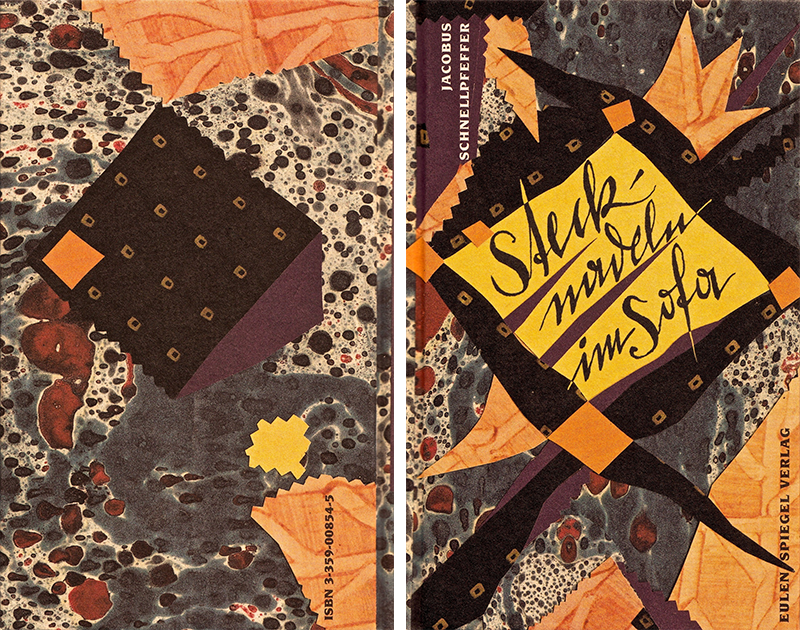
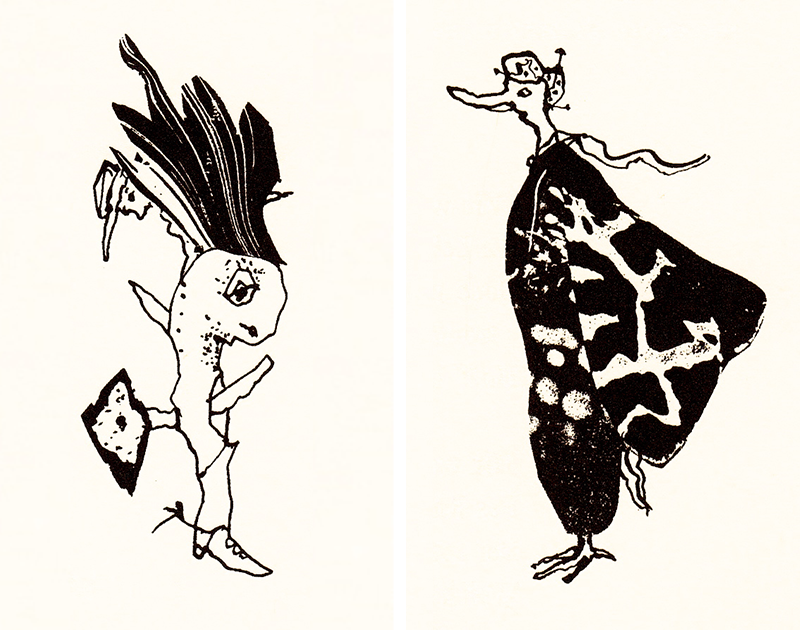
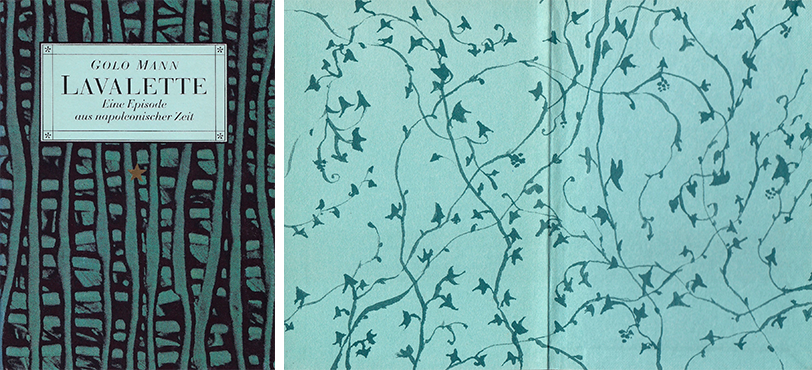
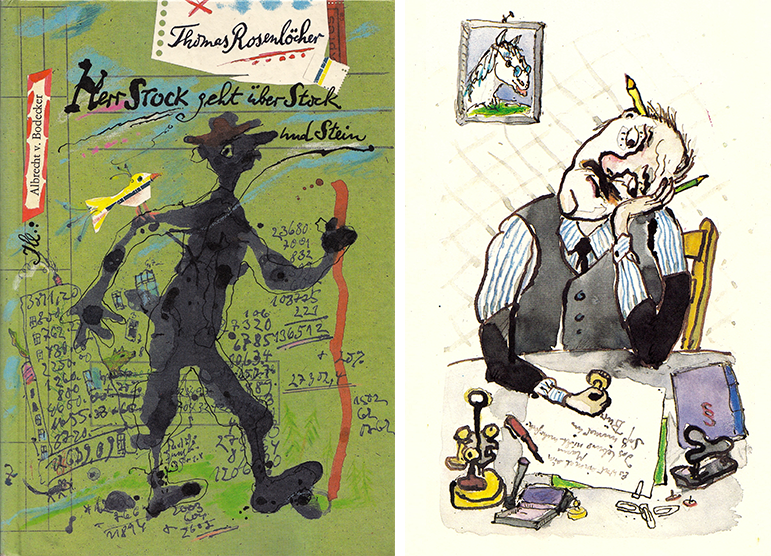
Were there certain events or situations that were formative for your career?
The building of the Wall in 1961 brought my studies to an abrupt end as I lived in the eastern part of the city and I had to look for orders from the individual publishers, literally ‘door-to-door’, because I was not reachable by phone and being connected online was still a long way off.
So these were two political events that clearly influenced my career.
Were there certain people who were formative for your career?
Early on I admired the caricaturist Albert Schäfer-Ast; later during my studies at the art academy I was impressed by the art and tolerance of the lecturers Herbert Behrens-Hangeler and Bert Heller, then at the HdK Friedrich Stabenau.
As a student at the end of the 1950s, before the Wall was built, I travelled to Italy, France and Spain, which broadened my horizons.
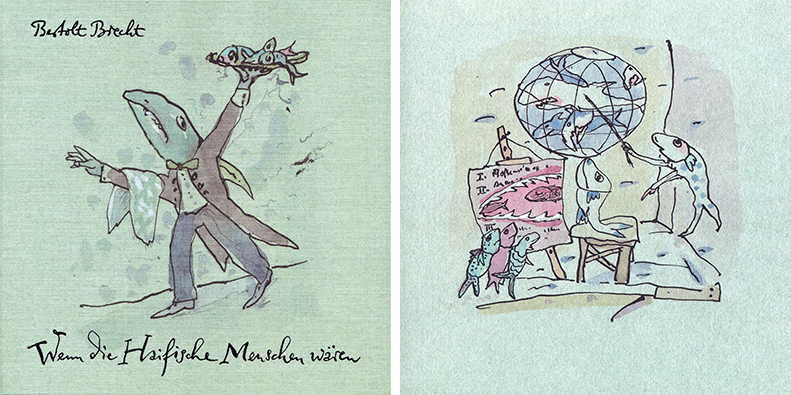
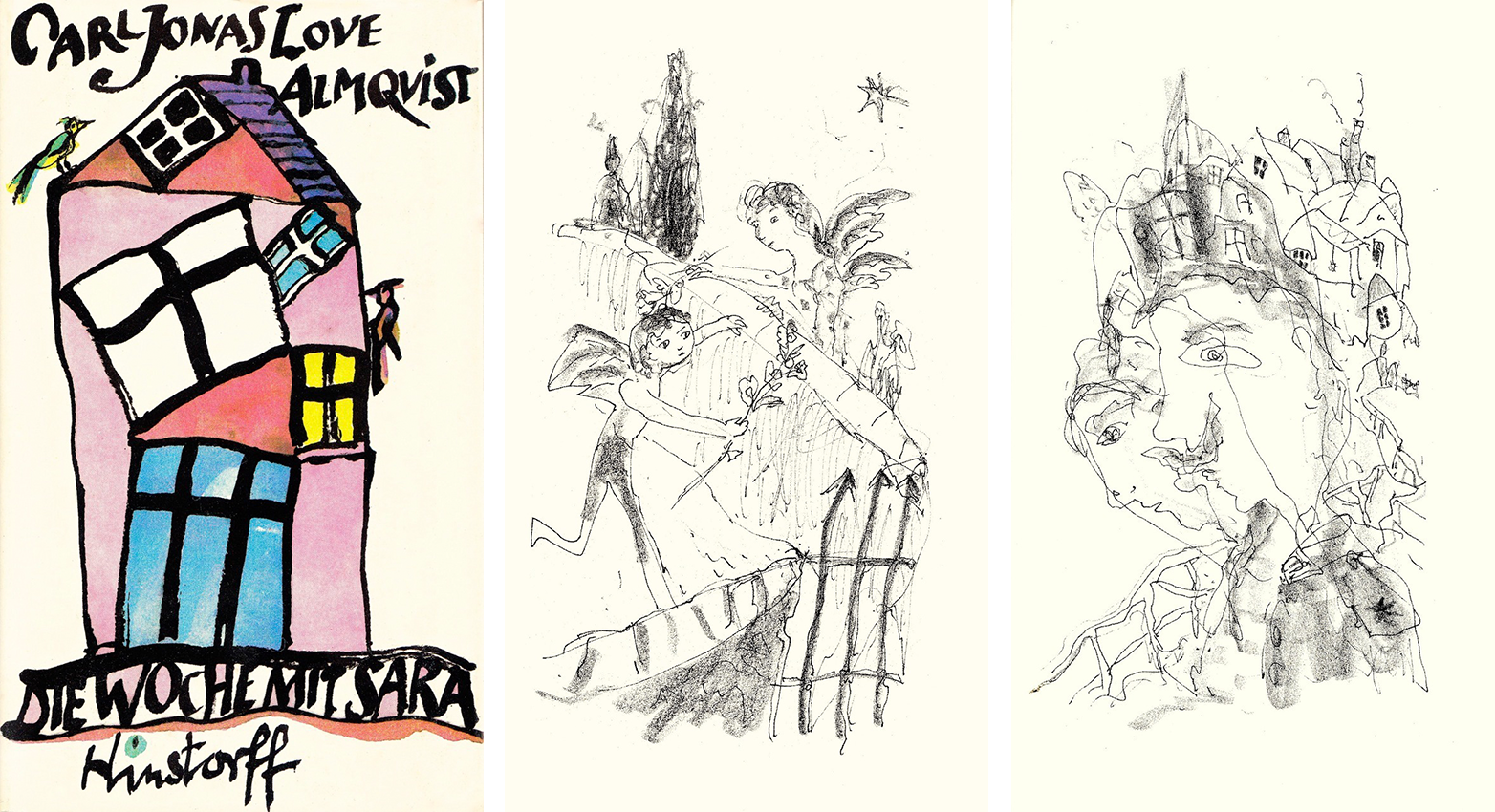
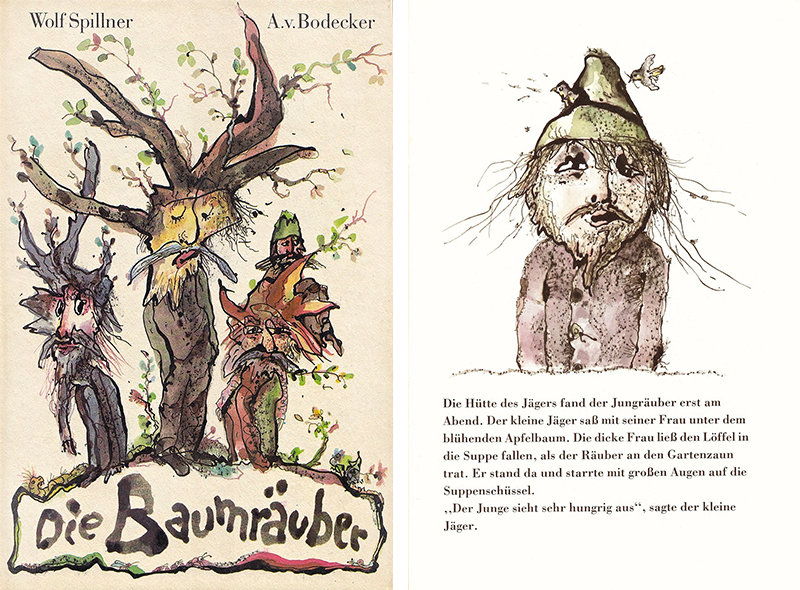
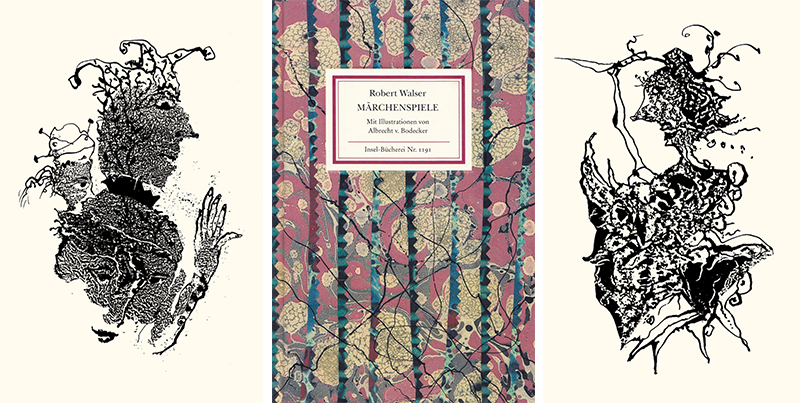
What are your current activities?
At the age of almost 60, I accepted my first position as a lecturer at the University of Fine Arts in Leipzig (HGB). From 1994 to 1997 I was also director of the HGB. After that I worked again as a freelance graphic artist.
A disused railway line runs alongside my second home in the Uckermark, which is a veritable treasure trove of material that I supplement with old agricultural implements and process into idiosyncratic figures.
In between, there is also time for some graphic work.
Does what you are currently doing fulfil you?
Yes, I find these works fulfilling for the current stage of my life.
‘Bending down and picking up’ is the title of my exhibition planned for next summer. It is about the fragments of the disused railway line. These found objects which I collected and put together on the doorstep, have often become curious objects that now hang in my fruit trees.
When these have succeeded they develop into conversation partners, so to speak.
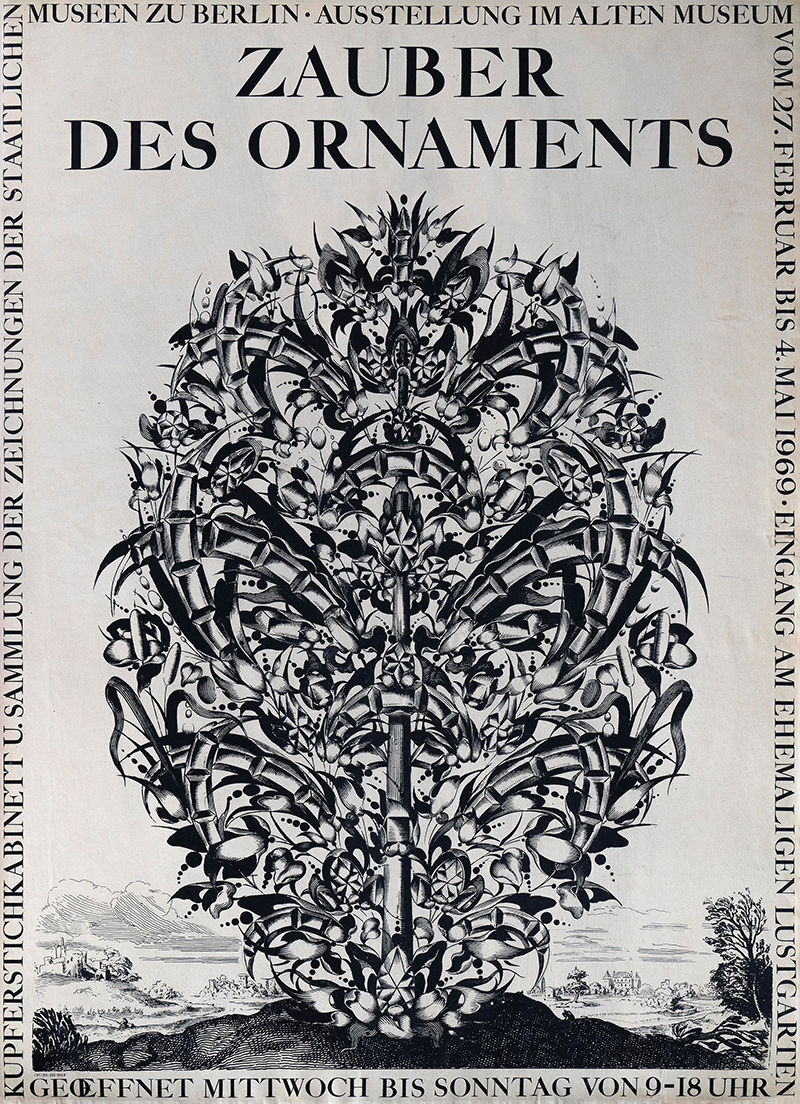
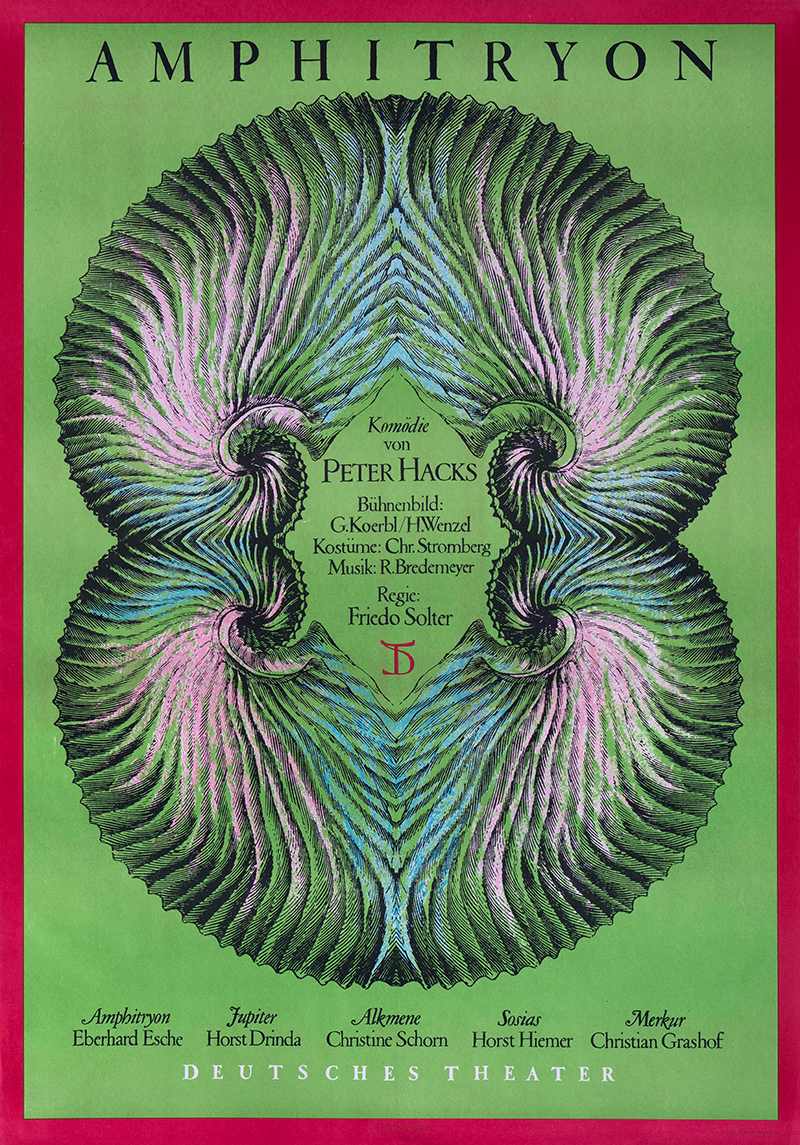
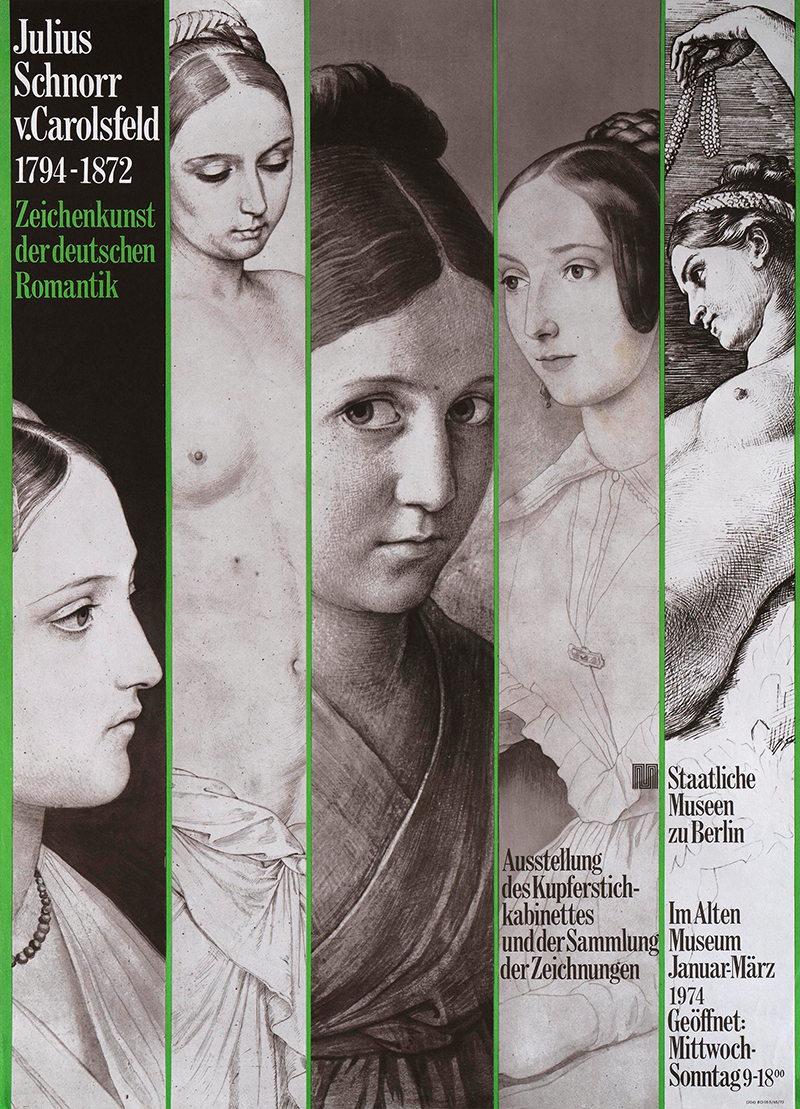
What or who gives you strength and energy in everyday life?
Forest, meadows and fields, the trees I have planted and above all the friends who have been with me for so long and not least my wife are the sources of my strength.
There are ‘magic moments’ when everything seems to fit. Moments that fulfil, inspire and give strength. Moments that confirm that the effort is worthwhile and that what you do is meaningful and valuable. Have you already experienced such moments in relation to your own activities?
Years ago (1974) I had a rather urgent assignment in the winter time to create a poster for an exhibition in Berlin ‘French Posters from 3 Centuries’. The exhibition material was not yet available, arriving only shortly before the exhibition date. So I could not fall back on a poster by French artists. It was snowing. That’s when I thought of the green and the colours of the French tricolour. But how to place them? Suddenly the female mouth was there! Fortunately the poster was screen-printed, so the colours were reproduced quite accurately, because this was not a given in this country at the time. This process from the subconscious was indeed magical!
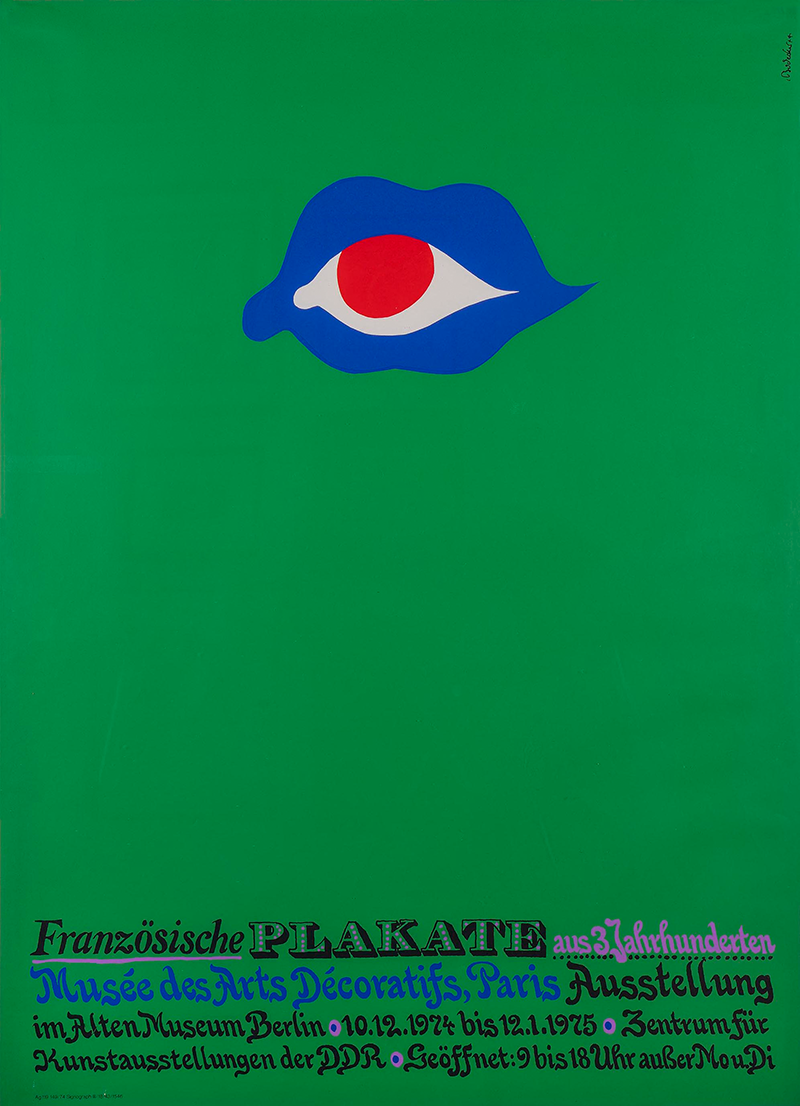
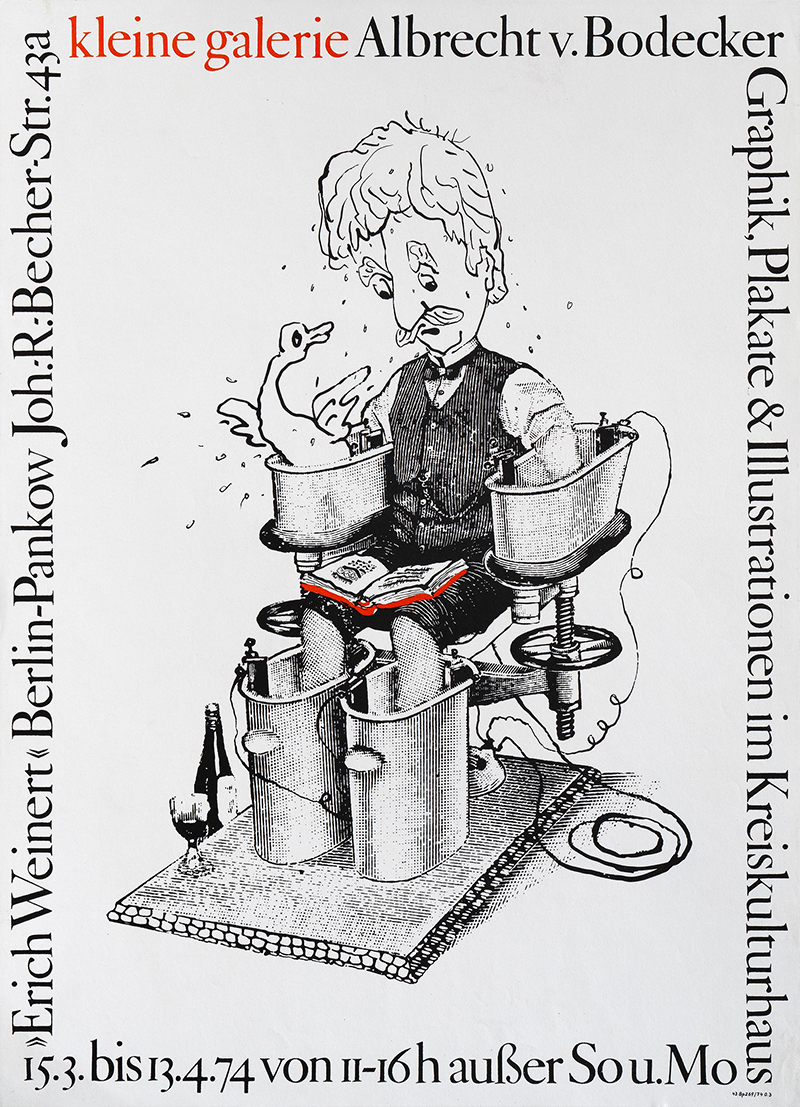
Are there moments when you doubt what you are doing?
Of course there are doubts! You pursue an idea with enthusiasm and suddenly you feel like you’ve reached a dead end, throw everything overboard and start all over again. It’s about a feeling of being in tune with the work.
In retrospect, can you find something positive in difficult moments?
One remains flexible, the original idea is not lost and can possibly be modified and incorporated into another work later.
Is there anything you would do differently in retrospect?
Yes, in retrospect there are some things one would like to have done differently. But isn’t that how we all feel?
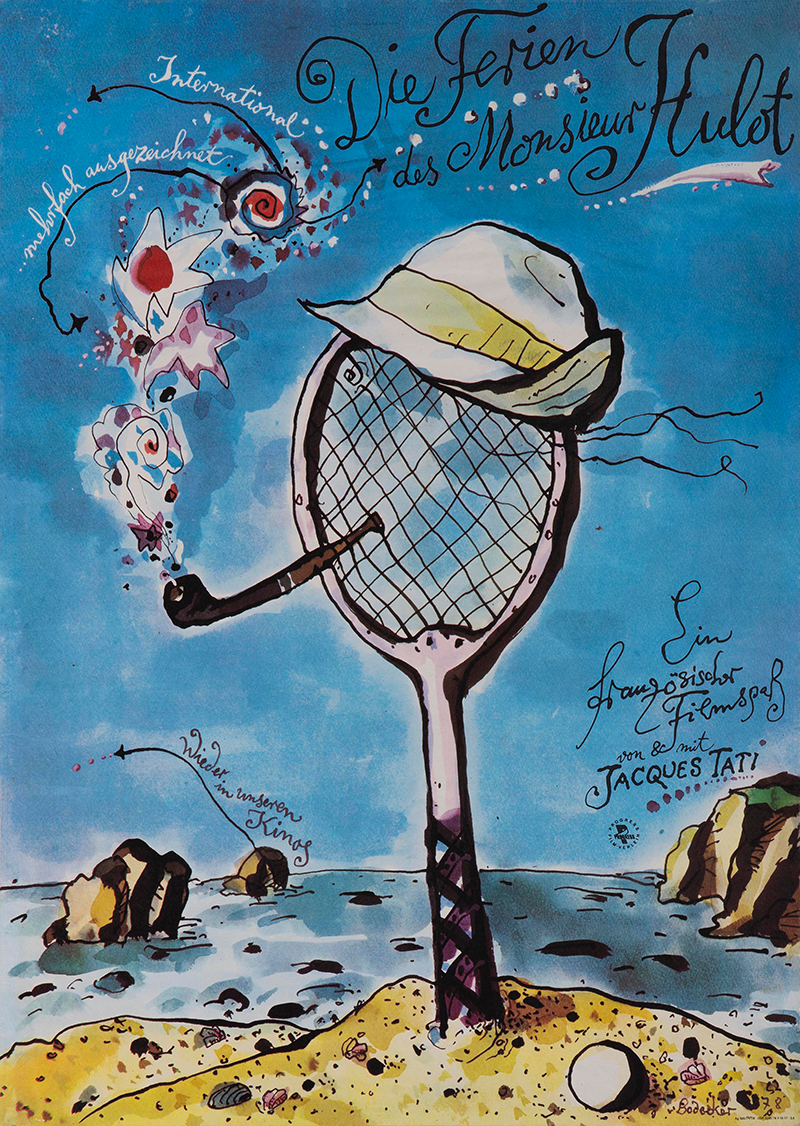
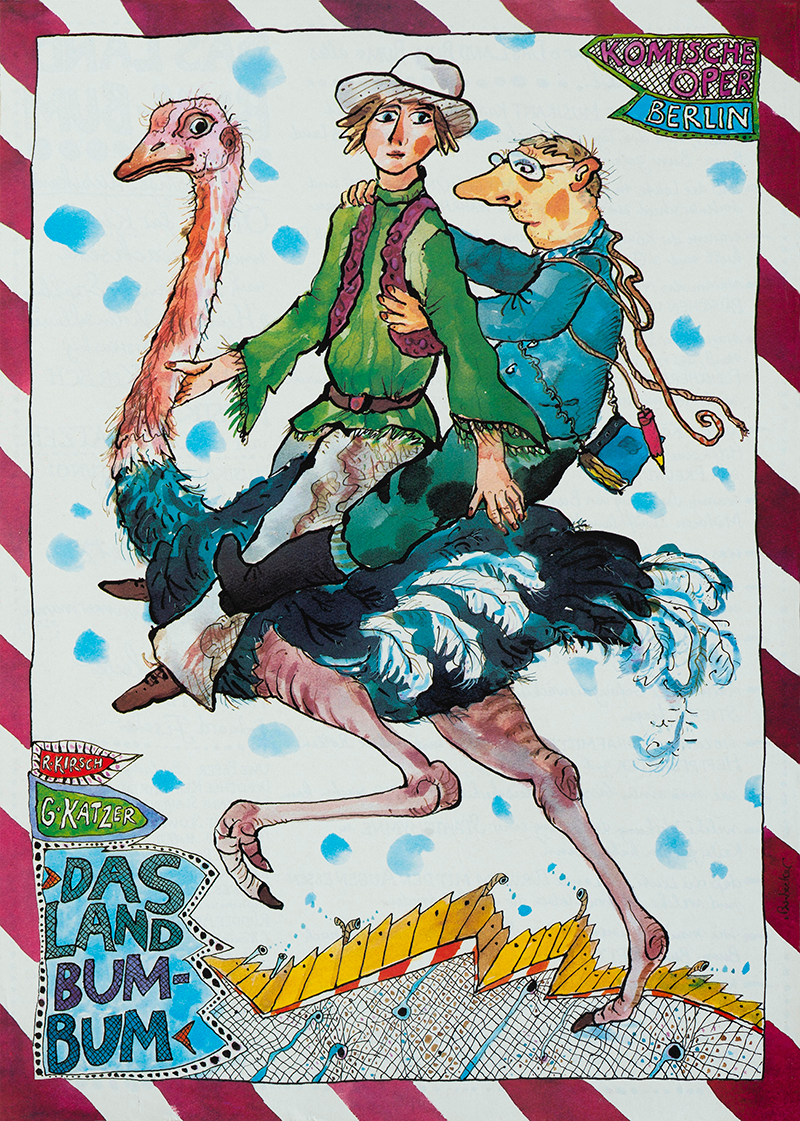
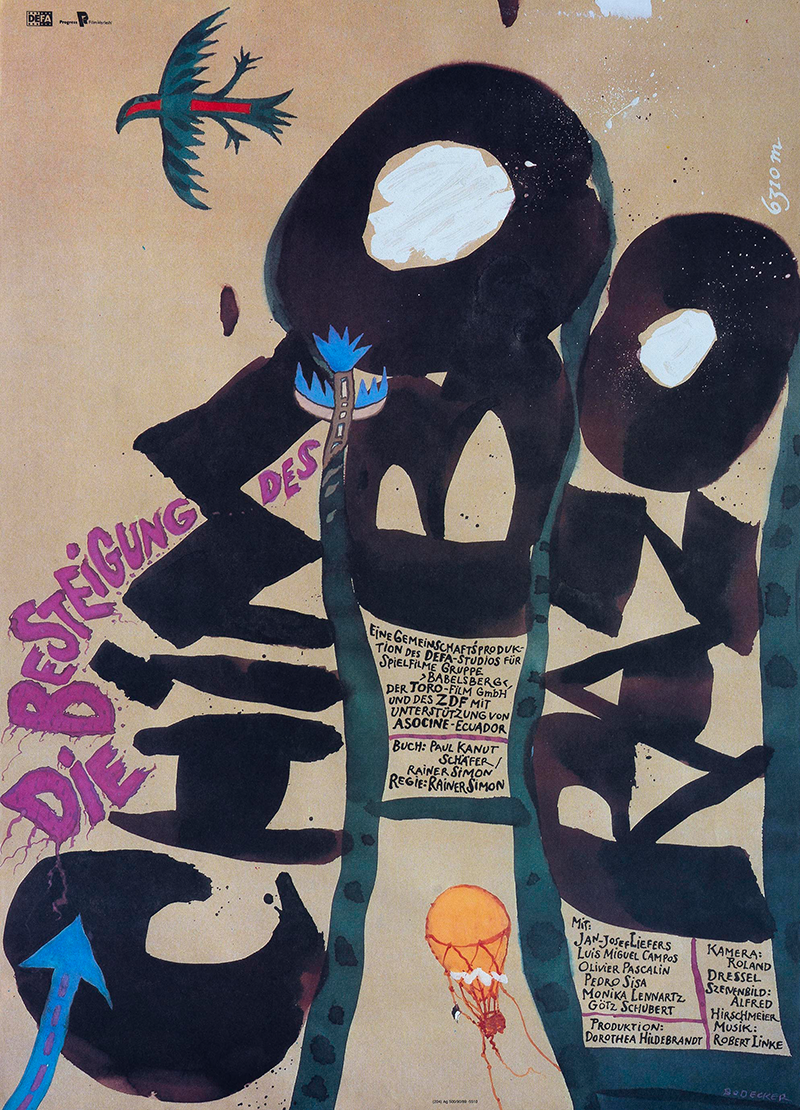
Do you want to contribute to society with your activities?
Of course, I am not only interested in satisfying the aesthetic need, but in deeper insights not only to do with reflection, but also with creating connections from different directions.
Is the recognition of other people or the public important to you?
Recognition is an important external factor for the incentive to continue, to develop the inner resources, to overcome doubts and to enjoy the work. It is hard to imagine anyone denying this.
How well can you live from what you do professionally?
Sometimes I am surprised that I have managed to provide for my family and even now I am not dissatisfied, because I guess I have learned in the past that you only need a little to live. I am grateful that I can also pursue my passion for collecting and gardening.
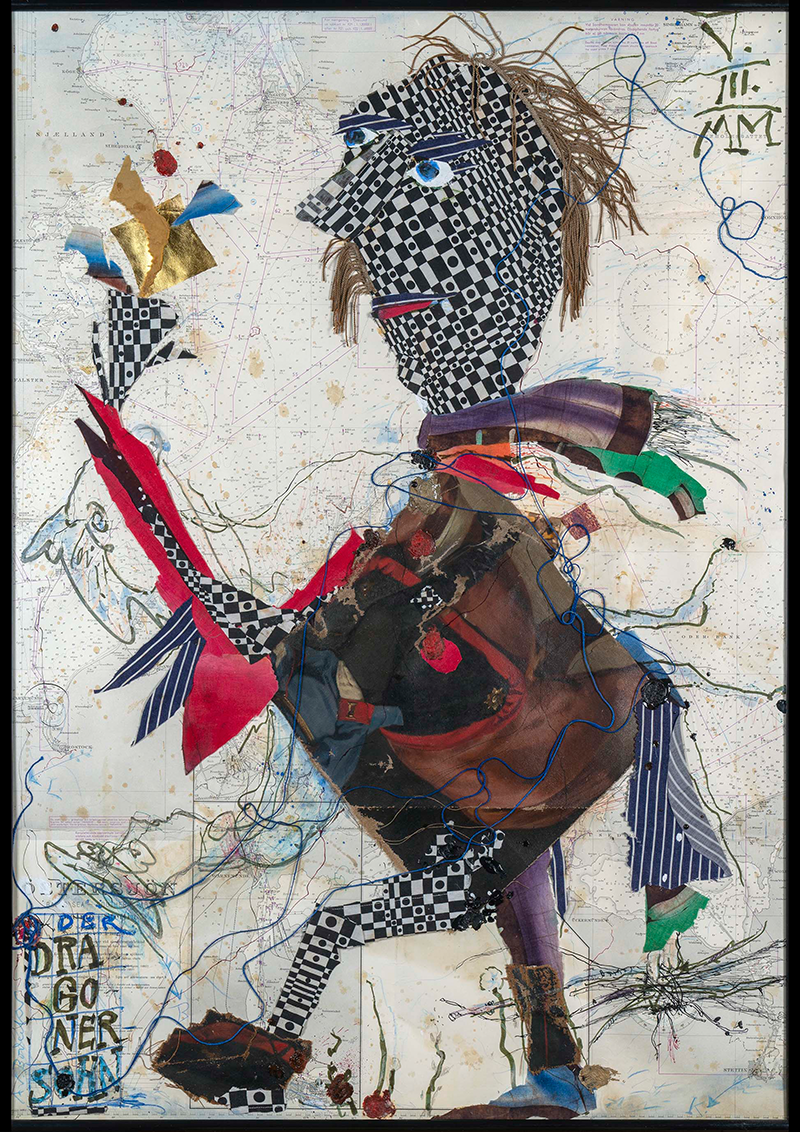
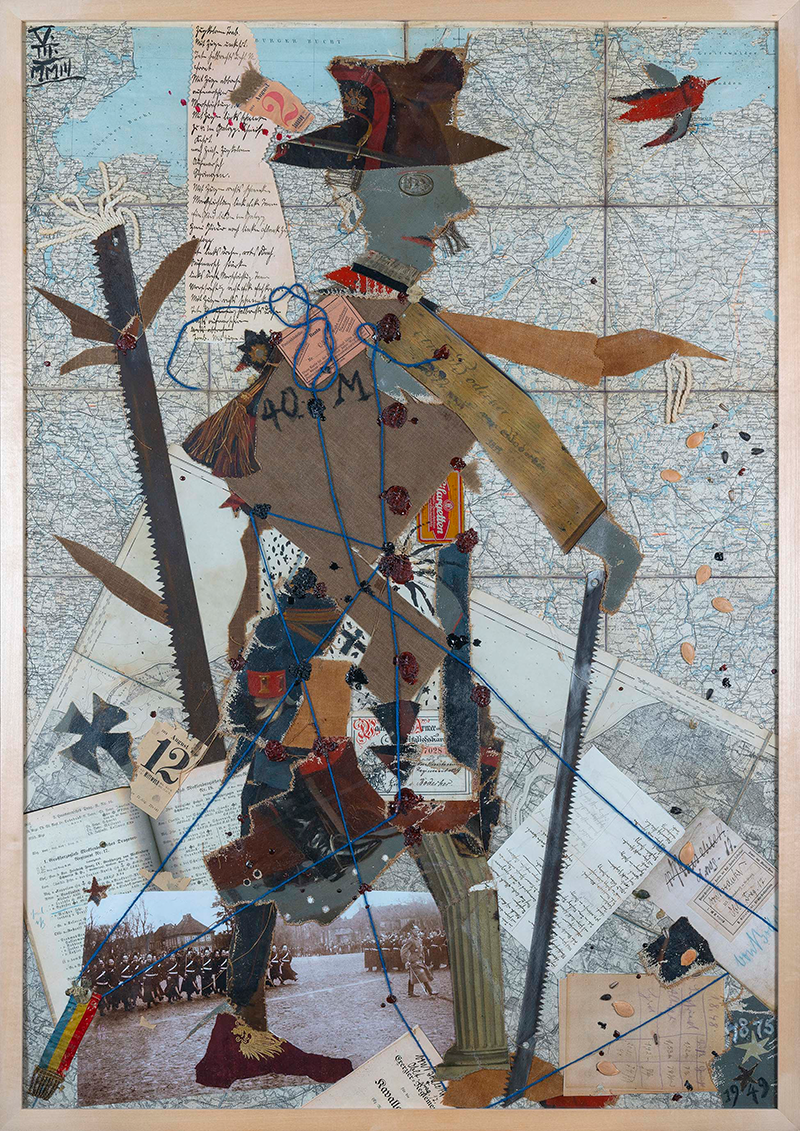
Is there something that is particularly occupying you at the moment?
It may sound common; but having lived through the Second World War and its aftermath from the first day to the last, I am disturbed to follow how ideologies, economic struggles and extremely unequal distribution of goods between societies can lead to regional wars and how the thin ice on which some parts of the world are still allowed to live peacefully is also already threatened.
What are you most grateful for in life?
My parental home and the countless friends who showed me understanding and willingness to help have contributed significantly to the fact that I am still living creatively and happily without bitterness and in very good health.
Interview
Laura Hilti, February 2021
Links
Albrecht von Bodecker, Wikipedia
Albrecht von Bodecker, Universität Leipzig
Credits
All photos: Albrecht v.Bodecker
Poster reproductions created by: Achim Bötefür
Images created by: Caroline v. Bodecker
This interview is part of the project ‘Magic Moments’ by Kunstverein Schichtwechsel, in which people are interviewed about their careers, activities and their magical as well as difficult moments.
Curated by Stefani Andersen and Laura Hilti, Kunstverein Schichtwechsel.
Supported by Kulturstiftung Liechtenstein and Stiftung Fürstl. Kommerzienrat Guido Feger.
>>> All interviews
